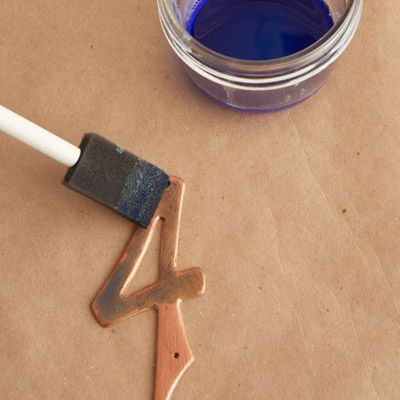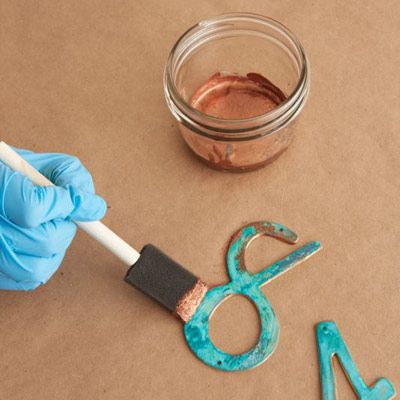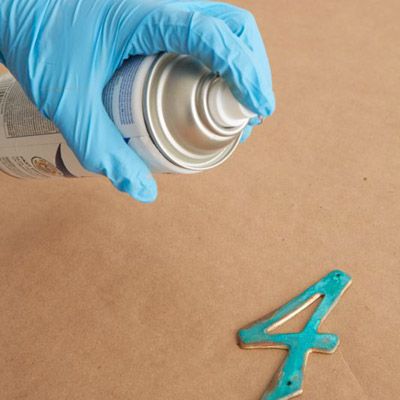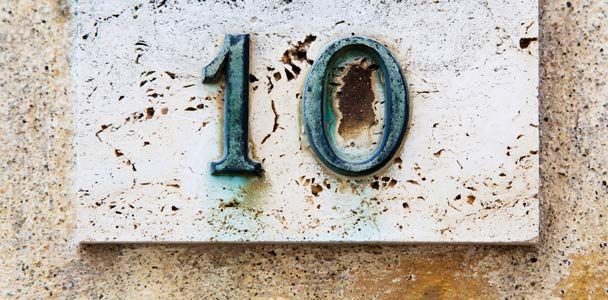Project details
Skill
Cost
Estimated Time
With a two-part paint application, you can give virtually any surface the look of weathered copper. The base paint contains copper bits so that any item can achieve this rich look. The oxidizer turns the paint the color of patinated copper.
In this guide, we’ll walk you through the process of applying a faux copper patina finish, allowing you to add a touch of elegance and character to your metal surfaces.
Step 1: Apply The Copper Surfacer

The first step in creating a copper patina finish is applying the copper surfacer. This base layer contains fine copper particles that provide the foundation for the patina effect. To achieve the best results, follow these steps:
- Prepare your workspace by covering the area with a drop cloth or newspapers to protect surfaces from paint splatter.
- Clean the metal object thoroughly with a degreaser and allow it to dry completely.
- Put on protective nitrile gloves to safeguard your skin from the chemical solution.
- Shake the copper surfacer well to ensure the metal particles are evenly distributed throughout the paint.
- Using a foam brush, apply a thin, even coat of the copper surfacer to the metal surface.
- Allow the first coat to dry for approximately one hour before applying a second coat.
- Continue applying thin coats until you achieve complete, even coverage of the copper surfacer.
Work in a well-ventilated area and maintain a consistent room temperature between 65°F and 75°F during application and drying.
Step 2: Apply The Patina Solution

While the final coat of copper surfacer is still slightly tacky, use a clean foam brush to apply the blue patina solution. This step is critical in creating the distinctive blue-green verdigris effect associated with aged copper. The patina solution chemically reacts with the copper particles in the surfacer to produce this effect.
Apply the solution sparingly in certain areas to create a more nuanced, natural-looking patina. The patina solution reacts almost immediately, so timing and precision can make a significant difference. This reaction will show the verdigris effect that gives the finished project its unique character.
Step 3: Add More Solution

The patina effect develops within 10 to 15 minutes of applying the solution. This window allows you to enhance and refine the patina appearance for a more detailed finish:
- Observe the color change as it occurs, noting areas needing more attention.
- For a more intense or varied patina effect, apply additional solution to specific areas.
- If the copper surfacer has dried completely, brush on a new coat in the areas where you want to add more color, then reapply the patina solution.
- Experiment with different application techniques, such as stippling or sponging, to create unique textures and patterns in the patina.
Refining the patina is a creative process that allows for a truly personalized finish. Observe the piece as it continues to change and adjust as necessary.
Step 4: Add More Surfacer

After the patina has dried, you can adjust the balance between the copper and blue-green areas.
- Assess the dried patina effect and identify areas where you’d like to reveal more of the copper underneath.
- Using a small sponge or foam brush, carefully apply additional copper surfacer to selected areas.
- Blend the edges of the newly applied copper surfacer with the existing patina for a seamless transition.
- Allow the new copper areas to dry completely before deciding if further adjustments are needed.
This technique creates highlights and accentuates specific features of your metal object, adding depth and visual interest to the finish.
Step 5: Apply a Sealer

If you want to place your piece outdoors, applying a sealer is essential. Sealing the finish locks in the colors and textures, preserving your work. Follow these steps to seal your project properly:
- Choose a clear, non-yellowing sealer that is compatible with both the copper surfacer and patina solution.
- Ensure the patina finish is completely dry before applying the sealer.
- Using a clean brush or spray applicator, apply a thin, even coat of sealer over the entire surface.
- Allow the first coat to dry according to the manufacturer’s instructions.
- Apply a second coat for added protection.
The sealer halts further oxidation of the copper surfacer, preserving the patina effect you’ve created. It helps maintain the balance of colors and ensures the durability of the finish.

